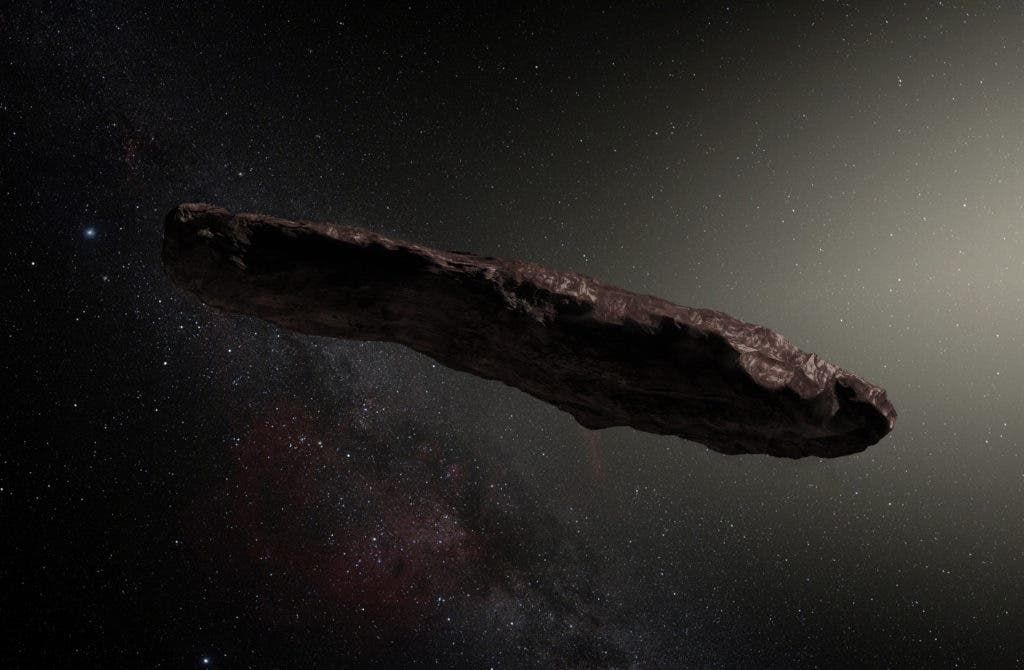‘Oumuamua, the first interstellar object we ever discovered in our solar system, continues its journey through the universe, and astronomers are still trying to learn as much about it as they can. In a new study, researchers report that ‘Oumuamua likely comes from a binary star system.

The discovery of this interstellar object didn’t come as a complete surprise, as astronomers were expecting it for decades, but it was still a historic moment.
“It’s remarkable that we’ve now seen for the first time a physical object from outside our Solar System,” says lead author Dr. Alan Jackson, a postdoc at the Centre for Planetary Sciences at the University of Toronto Scarborough in Ontario, Canada.
What was surprising, however, is that it was an asteroid and not a comet. Not only are comets far more likely to “visit” us from outside our solar system, but they’re also easier to detect.
“It’s really odd that the first object we would see from outside our system would be an asteroid, because a comet would be a lot easier to spot and the Solar System ejects many more comets than asteroids,” says Jackson, who specializes in planet and solar system formation.
‘Oumuamua (which is Hawaiian for ‘scout’) was first spotted by the Haleakala Observatory in Hawaii on October 19th, 2017. It has a radius of 200 meters (656 feet) and it’s currently traveling at a whopping 30 kilometers per second. Based on its trajectory and speed, researchers quickly realized that it came from outside our solar system, even though it took a while to definitively prove that. In a new study, published in the Monthly Notices of the Royal Astronomical Society, Jackson and his colleagues write that the asteroid likely came from a binary system.

In our solar system, all the planets rotate around the sun, but not all systems are like this. A binary star system has two stars rotating around a common barycenter — a center of mass for the two bodies. Astronomers found that these binary systems are very efficient at ejecting rocky objects such as ‘Oumuamua, and they also found that there’s quite a few of these systems in our galaxy. After calculating the probability, they found that it’s more likely for the asteroid to originate from such a binary system.
Ultimately, this will be quite difficult to prove or disprove, but regardless, Jackson believes that ‘Oumuamua could help us better understand how planets form in other solar systems.
“The same way we use comets to better understand planet formation in our own Solar System, maybe this curious object can tell us more about how planets form in other systems,” Jackson hypothesizes.
Journal Reference: Alan P Jackson Daniel Tamayo Noah Hammond Mohamad Ali-Dib Hanno Rein. Ejection of rocky and icy material from binary star systems: Implications for the origin and composition of 1I/‘Oumuamua. https://doi.org/10.1093/mnrasl/sly033


